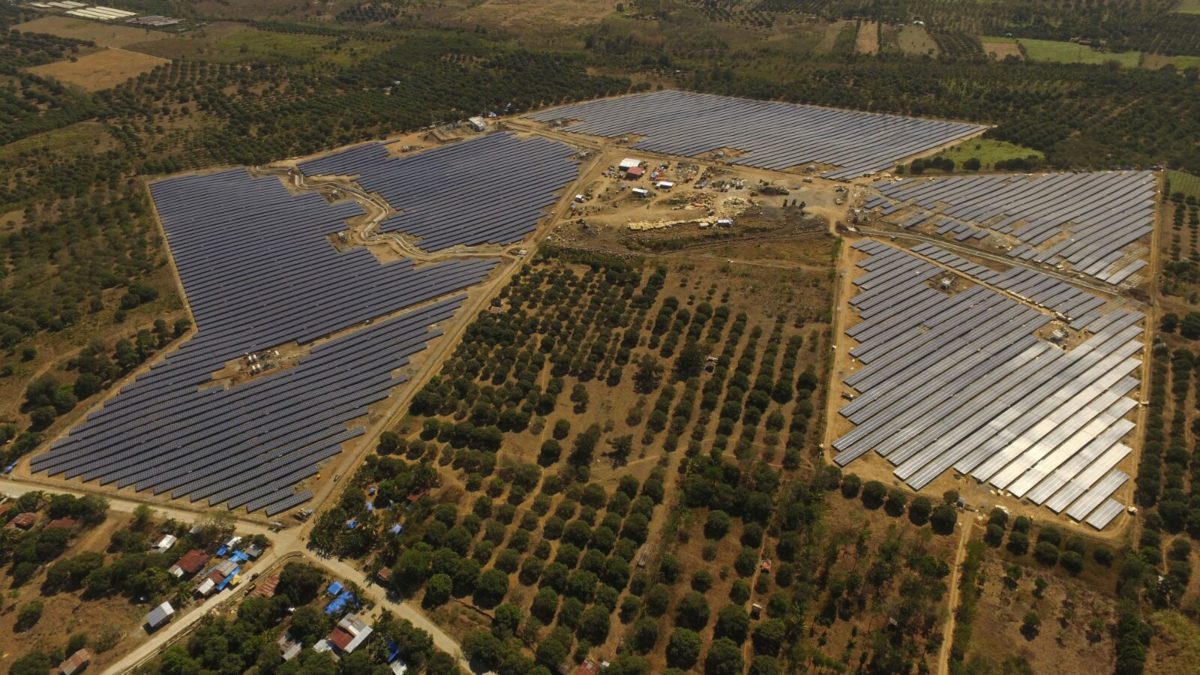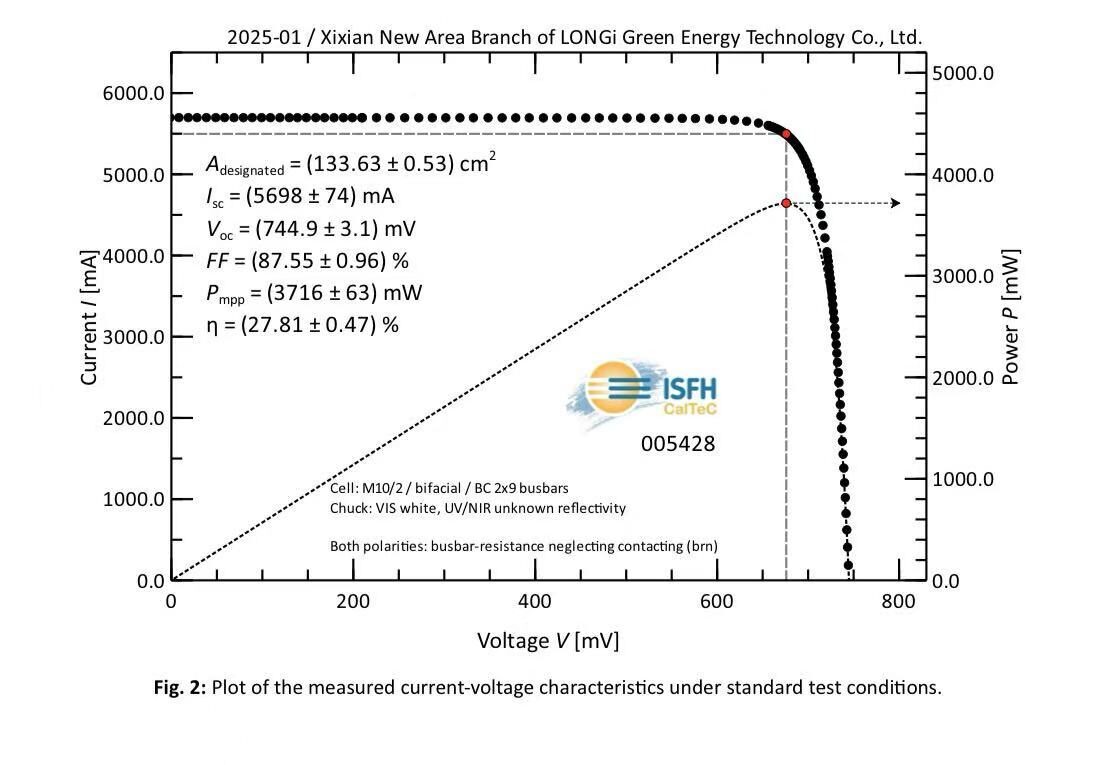The Energy Regulatory Commission (ERC) of the Philippines has given the go-ahead to state-owned National Transmission Corp. (TransCo) to collect a feed-in tariff allowance (FIT-All) of roughly P 0.2226 ($0.004)/kWh.
The ERC's new FIT-All rate — which is the levy electricity consumers pay to finance renewable energy incentives in the Philippines — is below the P 0.2932/kWh rate that TransCo initially requested. TransCo administers the FIT-All, which is a set charge paid by all electricity consumers, assessed on an annual basis. National Grid Corp. of the Philippines and other utilities and retail electricity suppliers act as collection agents for the program.
“The ERC-approved FIT-All is lower by P 0.0706/kWh vis-à-vis TransCo’s proposed rate, and will reflect a P 0.0337/kWh reduction from the current P 0.2563/kWh FIT-All rate,” said Agnes VST Devanadera, CEO of the ERC. “The variance is attributed to the discrepancy in the plant capacities used by TransCo and ERC in computing for the FIT-All, among others. “
The lower FIT-All will go into effect within the next month or two, The Manila Times reports, quoting an ERC spokesperson. The scheme was first set out in the country’s Renewable Energy Act of 2008 to facilitate the development of solar and wind projects.
Last October, controversy erupted when the Philippine Solar and Storage Energy Alliance (PSSEA), along with other industry associations, asked the government of the Philippines to reject House Bill 8179, which was designed to give Solar Para Sa Bayan the rights to build PV-powered minigrid systems throughout the country. However, the bill was passed in December, providing the company with a 25-year solar mini-grid and transmission franchise across the archipelago.
Total PV installations in the Philippines currently stand around the 1 GW range, with about 885 MW of capacity installed by the end of 2017, according to the most recent statistics published by the International Renewable Energy Agency (IRENA). However, in certain parts of of the solar market, such as the residential and commercial PV segments, growth has been relatively limited thus far. And the country's total PV development potential is far higher than the government’s targets through 2030, according to the country’s Department of Energy.
This content is protected by copyright and may not be reused. If you want to cooperate with us and would like to reuse some of our content, please contact: editors@pv-magazine.com.



Senate did not pass bill, only House. I recall House version died in old session and needs to be reintroduced